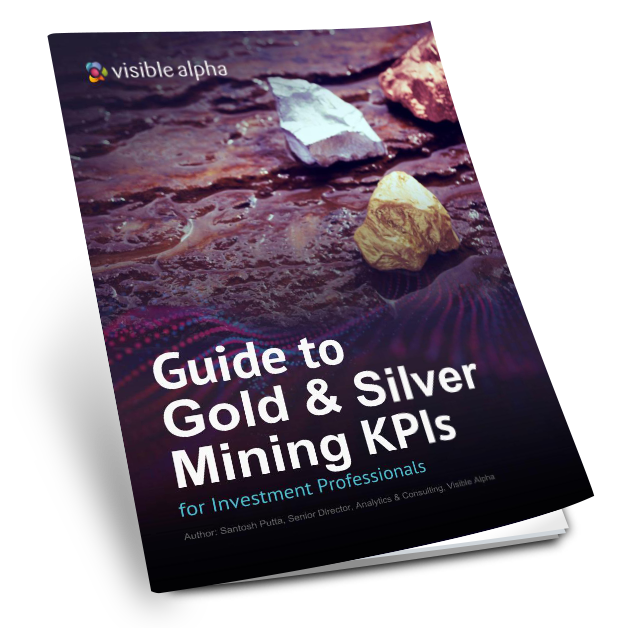Mineral Resource
A mineral resource is a concentration of solid material of economic interest in or on the earth’s crust in such form, grade or quality and quantity that there are reasonable prospects for eventual economic extraction. The quantity of available minerals in a deposit is an estimated number based on the level of geological knowledge and confidence.
Mineral Reserves (2P Reserves)
Mineral reserves are the economically mineable part of mineral resources. It is the sum of proven and probable reserves.
Exploration
Exploration is the prospecting, sampling, mapping, diamond drilling and other work involved in searching for ore.
Ore
A mixture of ore minerals and gangue from which at least one of the metals can be extracted at a profit.
Reserve Grade
Reserve grade is the estimated metal content of an entire ore body based on mineral reserves. It is measured in “grams per ton of ore” in the case of precious metals such as gold, silver and platinum, and reported in “percentage on per ton of ore” for base metals such as copper and zinc.
Head Grade
Head grade is the average grade of ore fed into a mill. The higher the grade, the more gold per volume of ore.
Recovery Rate
Recovery rate is the percentage of valuable metal in the ore that is recovered by metallurgical treatment. It depends on ore quality and treatment plant efficiency.
Concentrate
Concentrate is a semi-finished product in the form of a powder containing a higher percentage of valuable metal. Concentrate is produced after the milling process.
Metal in Concentrate (MIC)
The quantity of valuable metal available in the concentrate
Byproduct
Byproduct is a secondary metal or mineral product recovered in the milling process
Byproduct Credit
Byproduct credit is revenue from the sale of byproduct metals. It is deducted from total production costs in the computation of non-GAAP unit cash costs of primary metal.
Cash Cost
Includes cash operating cost (such as mining, processing, TC/RC, transportation, SG&A cost), royalties and production taxes and byproduct credits.
All-In Sustaining Cost Per Unit (AISC)
AISC is a non-GAAP measure of fully loaded cash cost of producing a mineral at current operating mines through the life of the mine. AISC includes cash cost, sustaining exploration spending, royalties and taxes, sustaining capex and corporate overheads.
